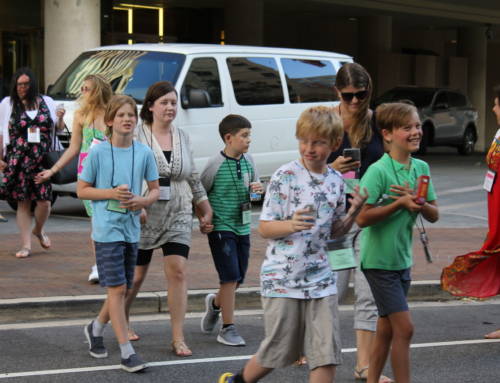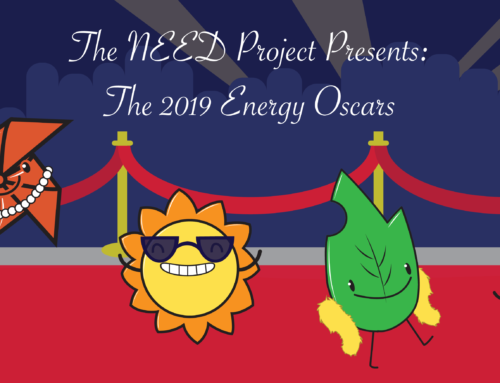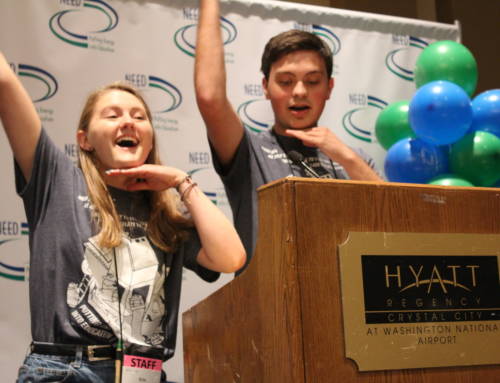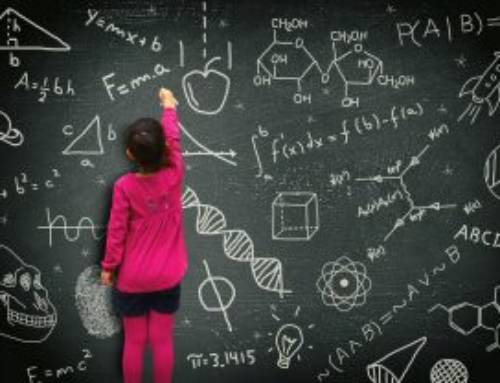by Dolly Santos
These days, it’s important to teach our children about the best ways to conserve energy, and one of the easiest ways to do that is by introducing them to science fair experiments. While some of these can be used for school, they can also be done at home, meaning you can benefit from this learning experience as well.
There are lots of ways to teach about energy, using wind, water, solar power, and heat. Here are some great experiments to try with your child.
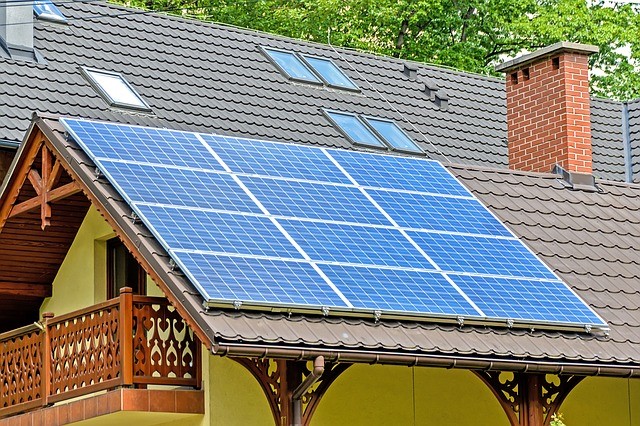
Photo via Pixabay by WDnet
The Solar Panel Experiment
With this one, you can track the energy output of a solar panel by leaving it in a fixed spot in the sun. By not changing the panel’s position with the sun’s movement in the sky, you will be looking at the effects of the sun’s heat on the panel to see whether it remains constant or if it wanes. You’ll need:
- Solar Panel
- Multi-meter to measure milliamps
- Graph paper and pencil
Set up the solar panel on a flat surface in an area outside that gets the most sunlight during the day. Connect the ammeter and set it to read in milliamps. Without moving the panel, record the meter readings every hour from 9AM to 3PM and graph the data.
Recycling Project
Take a look through your garbage–or better yet, examine things before you throw them away–to see if they can be reused, such as milk cartons or jugs, coffee containers, and matter that could be used for compost. Cardboard boxes can be broken down and used for project display materials; in fact, try to make the entire project out of recycled materials. Containers can be cut and painted to be used as vases, pencil cups, or kitchen containers, while perishable waste like banana peels can be thrown into compost for a garden. The best part of this experiment is that it costs very little–just enough for your supplies, such as paint, glue, glitter, and scissors–and can be done with just about any age group.
Cleaners
This experiment requires a dirty mirror or window, a bottle of store-bought cleaner, and a bottle of vinegar/water solution. With the store-bought cleaner, clean half of the mirror or window for one minute; let dry. Finish the surface with the vinegar solution for the same amount of time and let dry, then compare the results. Is a store-bought chemical any better than plain old vinegar and water? This experiment will show what we can do with natural products rather than relying on expensive–and potentially damaging–chemicals.
Pools and Water Power
Scientists have been watching certain fish and how they use changes in the water to conserve their energy while swimming. You can apply a similar principle to an experiment in a paddling pool in your own backyard, using a water hose, rocks, and a wind-up bath toy. Place the rocks in a straight line down the center of the pool with space between them and turn the hose on full blast underwater, recreating conditions similar to the spinning eddies that form in a lake or creek around stationary rocks. Wind up the toy and set it loose, recording the movements it makes as the force of the hose creates changes in the water. Move the rocks around and record any changes.
Dolly Santos enjoys writing about a variety of subjects based on diligent fact-checking.
We are always delighted when someone wants to write a blog for us that is relevant to energy education, teachers, and their students! Thank you, Dolores Santos, for preparing the above article about some science projects that can be done at home to reinforce the concepts of energy use and conservation as well as recycling.
We wanted to add to what she had to say by highlighting some things already in NEED curriculum units that you can do right now with what is already in your home, or with very little additional equipment needed!
Science Fair Fun
NEED has a host of science fair-ready experiments for your students to check out and begin very quickly.
Facts of Light
In our energy efficiency and conservation curriculum guides, we provide a worksheet to guide students through calculating the entire life cycle cost of various styles of lightbulbs. Students first standardize to 25,000 hours of light, which is the life span of an average LED bulb, and then calculate the number of bulbs, their purchase price, and the electricity cost of old-style incandescent, halogen incandescent, CFL, and LED bulbs for those 25,000 hours of light. Very enLIGHTening!
This activity is featured in NEED’s EnergyWorks (elementary), School Energy Experts (intermediate), and School Energy Managers (secondary) guides. Available for free PDF download or e-publication.
Plug Loads
If your kids need practice using spreadsheets, this is a great activity that will help them learn to use the software, as well as teach them about how much energy common machines use. Students can read the power rating right off each of the devices, or if you have one available, can use a Kill-a-Watt meter to measure the actual consumption while the device is running. We have a spreadsheet ready to be downloaded with formulas and everything!
Museum of Solid Waste and Energy and Talking Trash
Let’s face it, we live in a throw-away culture. Phone starts acting up, we replace it. Dishwasher not running right? Buy a new one. And don’t even start with disposable plates, cups, flatware, … the list goes on. How much energy could we save if we really understood what is involved in taking care of all this garbage?
These two curriculum units are designed to help students get a firm grasp on all the energy consumed, not to mention resources and landfill space, when we so easily throw things away without a second thought. The activities within are a little more involved but can be a fun way for your kids to learn, and can make a useful, informative community project that can be displayed in a library, shopping center, or another public place.
Museum of Solid Waste and Energy is designed for middle and high school students
Talking Trash is geared toward elementary-age kids
Renewable Energy Fun
Want to learn a little about renewable energy? How about building a model wind turbine with NEED’s Wind Can Do Work activity? Using paper, straws, pins, tape, and a cup, students learn that wind can truly do useful work!
Build your own solar oven (PDF, Video) or make a solar chameleon with UV beads to learn about radiant energy from the sun.
References:
November 02, 2016, from http://igamemom.com/wind-science-experiments-for-kids/
Angle of Sun on a Panel. (n.d.). Retrieved November 02, 2016
http://www.makeitsolar.com/science-fair-ideas/02-angle-light.htm
McElrone, A. B. (2013, January 8). Reusing Your Trash. Retrieved from
http://www.education.com/science-fair/article/reusing-your-trash/
https://shop.need.org
